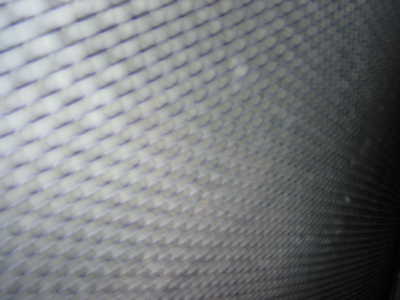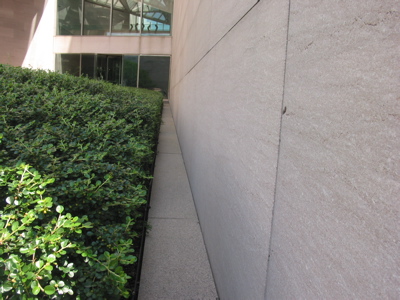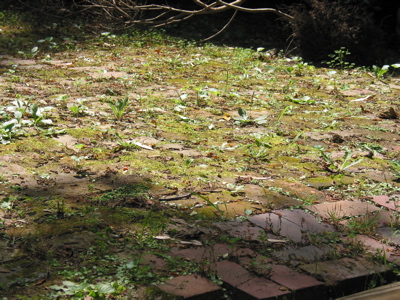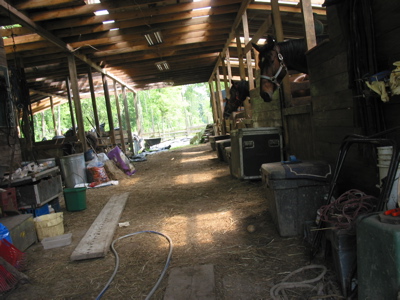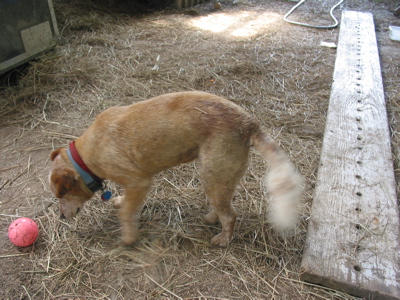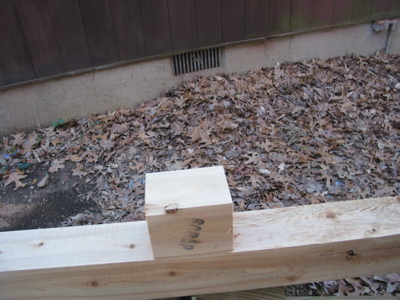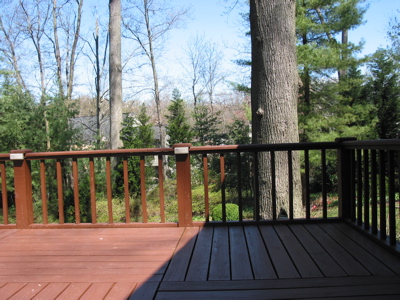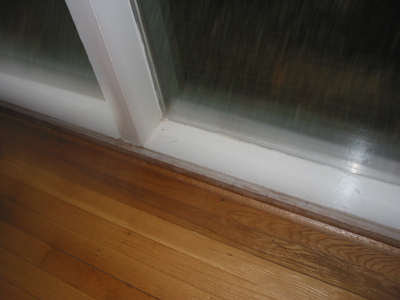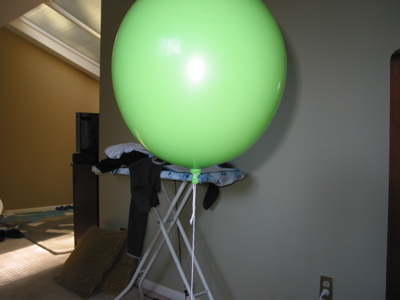
« Newer | All Entries | 1 | 2 | 3
We entered via the West building to avoid the line and so came at the work from across the atrium. My first impression is annoyance that they have the exterior doors blocked unceremoniously with one of those velvet ropes. They don't want you outside. My annoyance notices the reflections on the glass, making it hard to see outside, I'm thinking, nice try but no. Two of the domes are constructed so part of them are inside; one slightly, one about a third. This emphasizes the isolation of the rest of the work, behind the reflections and the ropes. The domes fill the courtyard, bumping against even more walls outside. The only ground space is near the door. Again, if you would open those doors, we could get to work. The domes are very dense to left, no ground space, all running into each other. The slate varies in thickness from 1 1/2" to 4". I try to see if the slates that 'span' the glazing were cut from one piece and carried around. Some were, some were not. Make up your mind. At my height I can see the top stone of the domes, they appear solid, I thought they would have holes. I process that the roofs are solid. Probably pretty dark in there. The height of the domes is just beneath that of the wall enclosing the courtyard; remember walking by the wall on the other side. All the same height. We go upstairs, past the Toulouse Lautrec line, to look down out the windows. Surprise! They do in fact have holes. The top stones are ground out in the center; from the side they appear solid, from my height or shorter; the slate tapers to the edge of the hole, which is sharp and crisp, no edge visible. The holes are perfectly round and very black. They appear substantial, not empty. Somehow it is a relief, that the holes are there, now the work seems more in keeping. There are nine domes. They crowd the courtyard, overlapping, intersecting. Each one is incomplete, interrupted. They could be ancient.
You can see why domes would be chosen. Leaving, you notice all the other domes around. It's a high-visibility commission. At some level you want to fit in. It should read. It's urban and permanent. If there aren't so many, and a little too big, they will sink into the background. In the wilderness they could be small. Here they need to be stranger, wilder, awkward, crowded, maybe isolated. They recall the hole-type projects, as well as the cairn and stacked-up sphere type, if you consider that they might be mostly buried.
It gives me an opportunity to discuss alternate handling, or at least to give you one case study. Vassos, although it’s under construction, has occasional lapses into design development. The clients were interested in seeing alternatives for one part of an elevation. We offered two, which forked into three.
I saved a copy of the project for each alternate, with a descriptive name, in that Alternates folder. I developed the model for each alternate. We wanted to present a perspective and an elevation for each choice. Since the alternates are in separate files, and all the alternates are separate from the main PLN, it’s easy to simply use the views you already have. You can’t mess anything up.
To present the choices, I created a new subset in the main layout book. There’s no reason to create separate ‘books for each. Within the new folder, there are two layouts for each alternate. I hooked the new layouts to the 11×17 Master. Then I imported the perspective and elevation views from each PLN.
« Newer | All Entries | 1 | 2 | 3



